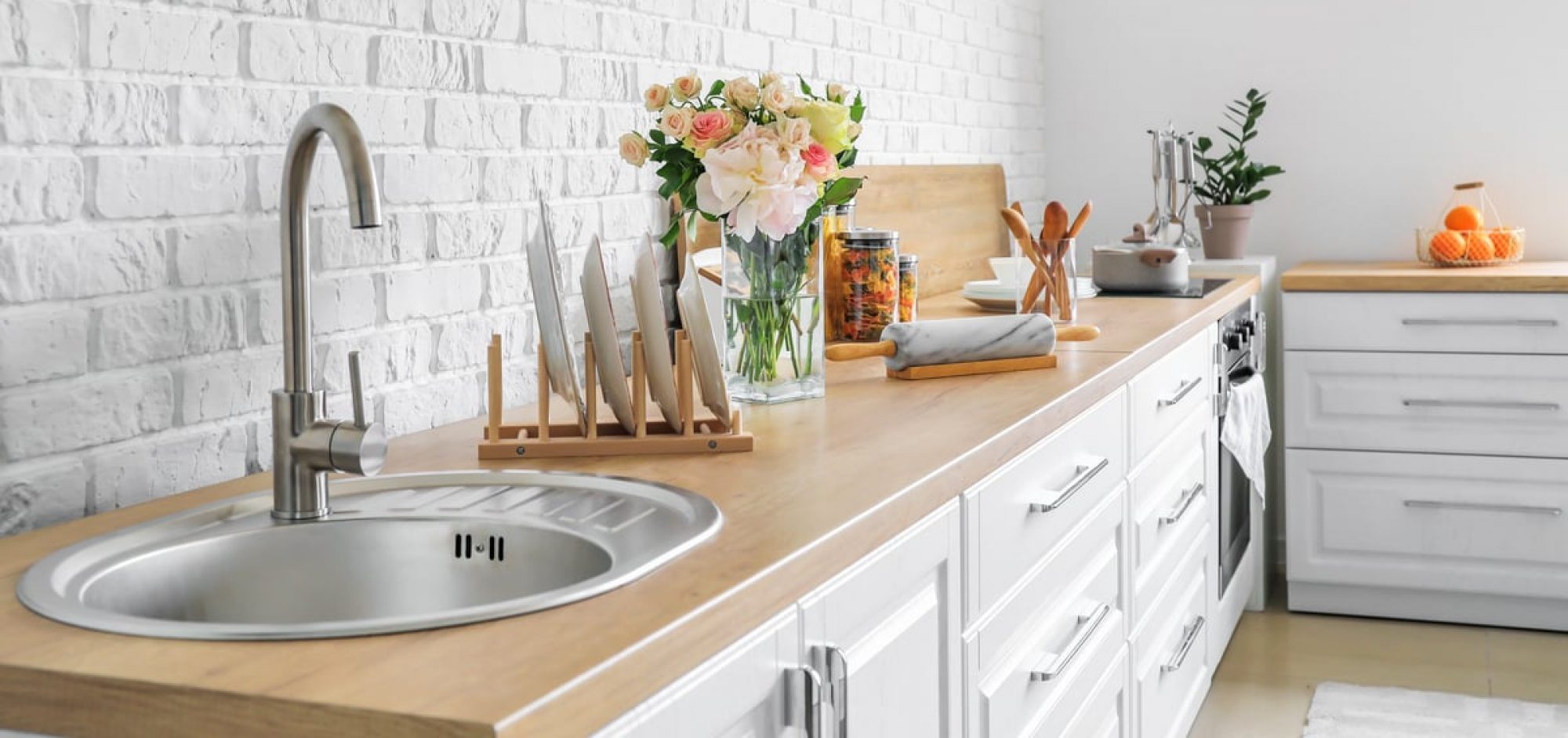There are a variety of different sorts of flood supports to avoid flooding and shield your home or commercial property. These range from passive to energetic procedures including sandbags, water dams and inflatable obstacles that can be pumped up or packed away when the flooding waters increase. There is also a big selection of semi-permanent and permanent alternatives like dams, flooding gateways and sea walls that can be exposed throughout durations of light climate or closed to mitigate severe flooding occasions.
Picking the appropriate sort of flood defenses protection for your residential or commercial property relies on what you need it to do and the length of time you desire it to last. A short-term flooding obstacle is excellent for avoiding flood damage to your home, garden or any type of outdoor equipment such as sheds and summertime kitchens. Sandbags are a cheap, readily available choice that can be used to block the external holes of buildings or consist of rainfall on low-elevation websites.
A lot more irreversible flooding supports like levees, dikes and berms are created to stop flood damages along rivers and coastlines. They can be created to a particular elevation or size to ensure that flooding waters will not exceed a certain level. This can be advantageous for areas that are vulnerable to constant flooding. Nevertheless, research studies have shown that these structures tend to detach rivers from their floodplains and lower the all-natural benefits that they give. This is because of the reality that they promote urban and farming advancement on the floodplains, which can result in raised flooding threats for the surrounding locations.
Easy flood defences are typically more costly than their active equivalents. Nevertheless, they often tend to pay for themselves gradually as a result of their high service life, minimal upkeep and real floodproofing abilities. Some easy barriers call for no electrical power, personnel or training to turn on and can be set up in places where traditional flooding protections are unable to reach such as doors and stairwells.
Active measures like flood doors, logs and bladders are fairly cheaper than their passive equivalents but they can be costly to operate and preserve in time. They have to be carried to the location, inflated or stored in between flooding occasions and kept at a safe area. They are also understood to be less efficient than their passive equivalents in stopping flooding. They have actually been revealed to be just around 30% effective in reducing flood losses throughout 1-in-5 year occasions, and even less effective for 500-year return durations. Additionally, they have actually been recognized to degenerate or breach over time. Consequently, house owners and entrepreneur need to not make use of these sorts of obstacles for their permanent flood protection.

